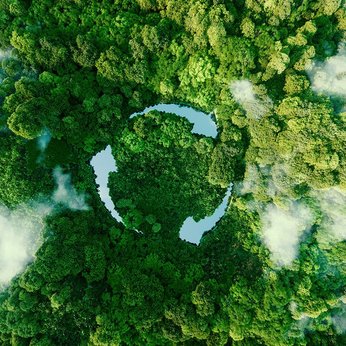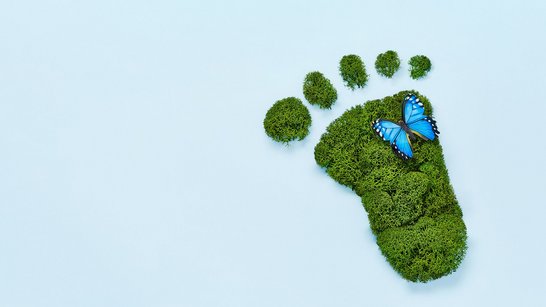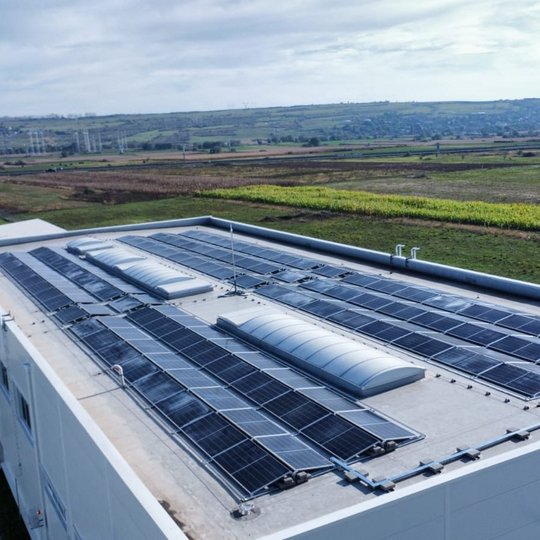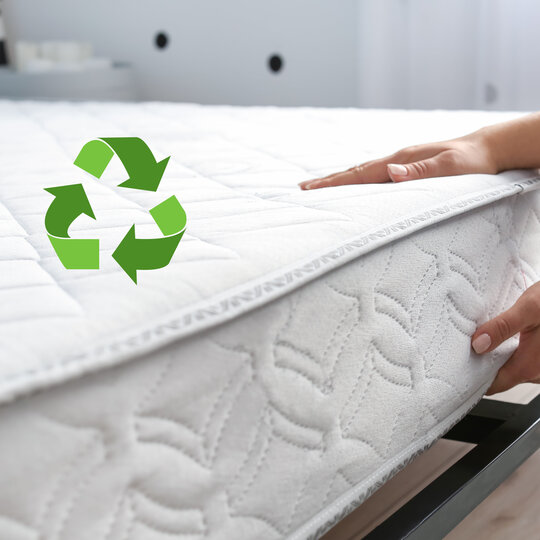Hello Again! Mattresses and their second life


Every one of us knows the situation. When a mattress is worn out, or too small for the new bed, it goes to the side of the road. From there it is picked up by the refuse collection service at the next possible opportunity as bulky waste. It is estimated that, assuming a lifetime of ten years the number of old mattresses in Europe alone adds up to 30 million, or in other words around 450,000 to 500,000 t. In addition, if an average mattress height of about 20 cm is assumed, this mattress pile would have a height of 6,000 km. Therefore, a sustainable solution is clearly needed for this colossal mountain.

Old mattresses as a valuable source of raw materials
After ten years, mattresses may be worn out, stained and yellowed, but this does not make them worthless. On the contrary, mattresses consist of valuable raw materials that range from the metals from innerspring mattresses to textiles and plastics. In the following, we present the three most important methods of recycling old mattresses.
Mattresses and their second life
Thermal recycling. For the most part, mattresses that are disposed of by their owners as bulky waste end up in incineration plants. There, the discarded mattress provides energy in the course of thermal recycling, generally in the form of heat or electricity. This represents a start, but in terms of sustainability there is clearly more to be done.
Mechanical recycling. Worn-out mattresses can also be recycled mechanically. In this process, they are subjected to material separation, cleaning, disinfection and shredding. The various shredded raw materials, which are carefully sorted, are then collected, packaged and prepared for further processing. This procedure provides a material recovery rate of up to 90 percent. Furthermore, the residual material does not remain unused, but is sent for thermal recycling.
Thermochemical recycling. The aim of this type of recycling is to deconstruct the plastic polymers into their basic building blocks (monomers) via thermochemical processes and thus recover high-quality recycled polyols. This process is highly complex and in particular is employed for plastics such as polyurethane, which are difficult or impossible to recycle. In simplified terms, the thermochemical process breaks down the polyurethane waste thus enabling the recovery of the polyol originally used for the mattress foam. The secondary polyols obtained in this manner can then be employed by a wide range of industries for the production of mattresses, or other goods such as insulation boards, cushions or insulating foams.
The advantages of sustainable mattress recycling
- Mattress recycling contributes to the conservation of primary raw materials while simultaneously emitting a strong signal with regard to environmental sustainability
- The recycling of used materials into raw or auxiliary materials for other products
- The use of various recovered raw materials for the production of new mattresses as part of a circular economy
- Sizable CO2 savings as compared to the extraction of new materials from fossil fuel based products
- A drastic cut in the consumption of fossil fuel based raw materials, which are more likely to be needed elsewhere
- Recycling in general and the circular economy in particular reduce the costs of waste disposal



![[Translate to Englisch:] [Translate to Englisch:]](/fileadmin/_processed_/8/b/csm_NEVEON_VcA_Projektreise_2023_IMG_4683__Large__0fdfe0b4eb.jpg)
![[Translate to Englisch:] [Translate to Englisch:]](/fileadmin/_processed_/2/9/csm_Matratzen_Recycling__Large__90a7f6ded1.jpg)




